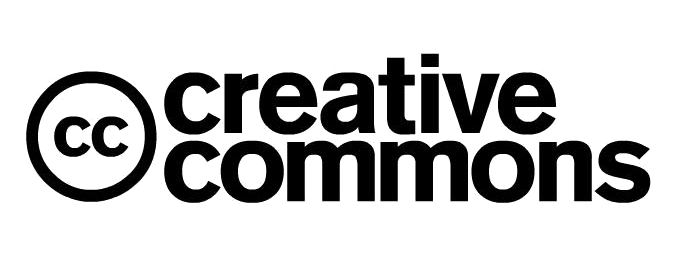Blood pressure response to real and imaginary movements
DOI:
https://doi.org/10.33910/2687-1270-2022-3-3-385-390Keywords:
physical exercise, motor imagination, systolic pressure, heart rate, brain-computer interfaceAbstract
An interest in imaginary movements is associated with their use in brain-computer interfaces and rehabilitation. The obtained evidence shows that the same brain regions are involved in the organization of a real and imaginary motor act. Autonomic reactions of the body that accompany the real movement occur before the movement starts and do not immediately diminish after the movement ends. We investigated and compared the responses of heart rate (HR) and blood pressure (BP) to real and imaginary movements. The study involved 20 subjects aged 35 to 45. On the first day they did real squats at a fast pace (n = 23), the next day they did imaginary squats. Before real and imaginary squats, BP and HR was measured. Measurements were repeated immediately after and 5 min after the end of real/imaginary squats. HR showed an upward trend after imaginary squats. A significant increase in systolic pressure (SP) by 5 mm Hg was obtained immediately after the imaginary movements; SP increase was less than the increase after real squats and amounted to 17 mm Hg. Pressure significantly decreased 5 min after imaginary movements by 4 mm Hg relative to initial SP. There was no such effect after real squats. The analysis of the dependence of changes in SP after real movements and the initial SP revealed a significant negative correlation (r = –0.35 and r = –0.81 immediately after and 5 min after squats, respectively) and no dependence after imaginary movements. Thus, the autonomic system reacts to imaginary movements, however, real and mentally performed movements activate different physiological processes.
References
Belina, O. N. (1997) Funktsional’nye proby, ispol’zuemye v massovoj fizicheskoj kul’ture [Functional tests used in mass physical culture]. Moscow: Russian State Academy of Physical Culture Publ., 33 p. (In Russian)
Collet, C., di Rienzo, F., Hoyek, N. El., Guillot, A. (2013) Autonomic nervous system correlates in movement observation and motor imagery. Frontiers in Human Neuroscience, vol. 7, article 415. https://doi.org/10.3389/fnhum.2013.00415 (In English)
Stolbkov, Y. K., Moshonkina, T. R., Orlov, I. V et al. (2019) The neurophysiological correlates of real and imaginary locomotion. Human Physiology, vol. 45, no. 1, pp. 104–114. https://doi.org/10.1134/S0362119719010146 (In English)
Downloads
Published
Issue
Section
License
Copyright (c) 2022 Tatiana R. Moshonkina, Elena V. Popova

This work is licensed under a Creative Commons Attribution-NonCommercial 4.0 International License.
The work is provided under the terms of the Public Offer and of Creative Commons public license Creative Commons Attribution 4.0 International (CC BY 4.0).
This license permits an unlimited number of users to copy and redistribute the material in any medium or format, and to remix, transform, and build upon the material for any purpose, including commercial use.
This license retains copyright for the authors but allows others to freely distribute, use, and adapt the work, on the mandatory condition that appropriate credit is given. Users must provide a correct link to the original publication in our journal, cite the authors' names, and indicate if any changes were made.
Copyright remains with the authors. The CC BY 4.0 license does not transfer rights to third parties but rather grants users prior permission for use, provided the attribution condition is met. Any use of the work will be governed by the terms of this license.







